The medieval period, often referred to as the Middle Ages spanned roughly from the 5th to the late 15th century. This era was marked by a lack of scientific understanding, leading communities to create explanations for life’s mysteries through superstitions and folklore. Among these, cats, especially black ones, were frequently associated with ominous beliefs and mystical powers. This article explores the fascinating and complex role of cats in medieval superstitions.
Cats Arrive in Europe
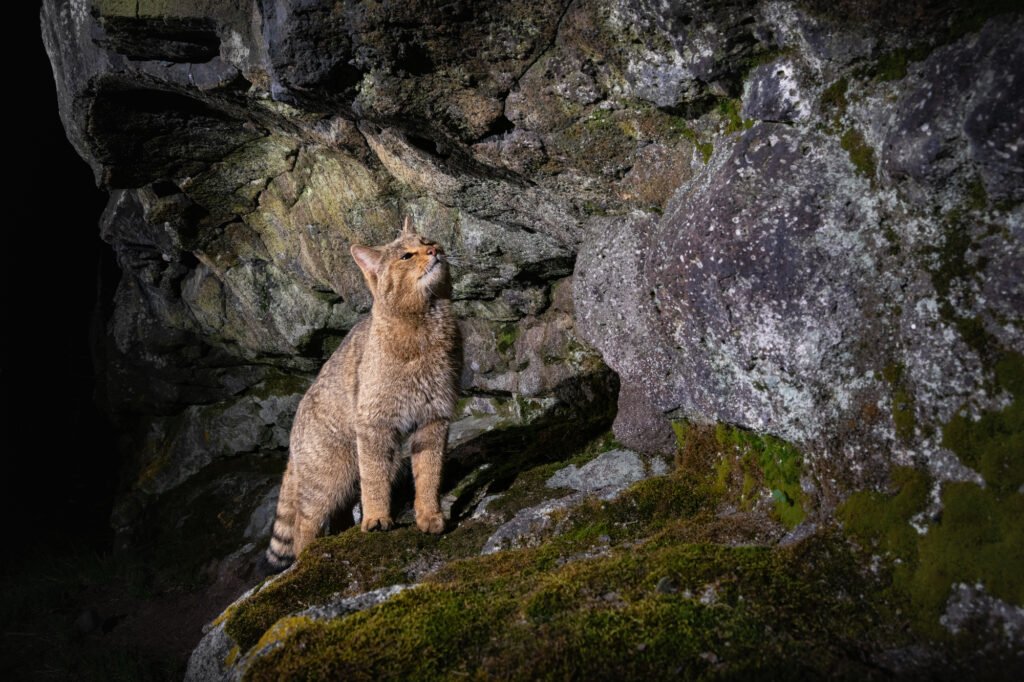
Cats were initially domesticated in the Near East and slowly made their way to Europe by way of traders and travelers. As they entered European homes and communities, they quickly began to fulfill the essential role of keeping rodent populations in check. Despite their practical benefits, these creatures were often viewed with suspicion due to their mysterious and independent nature.
The Black Cat An Omen of Evil
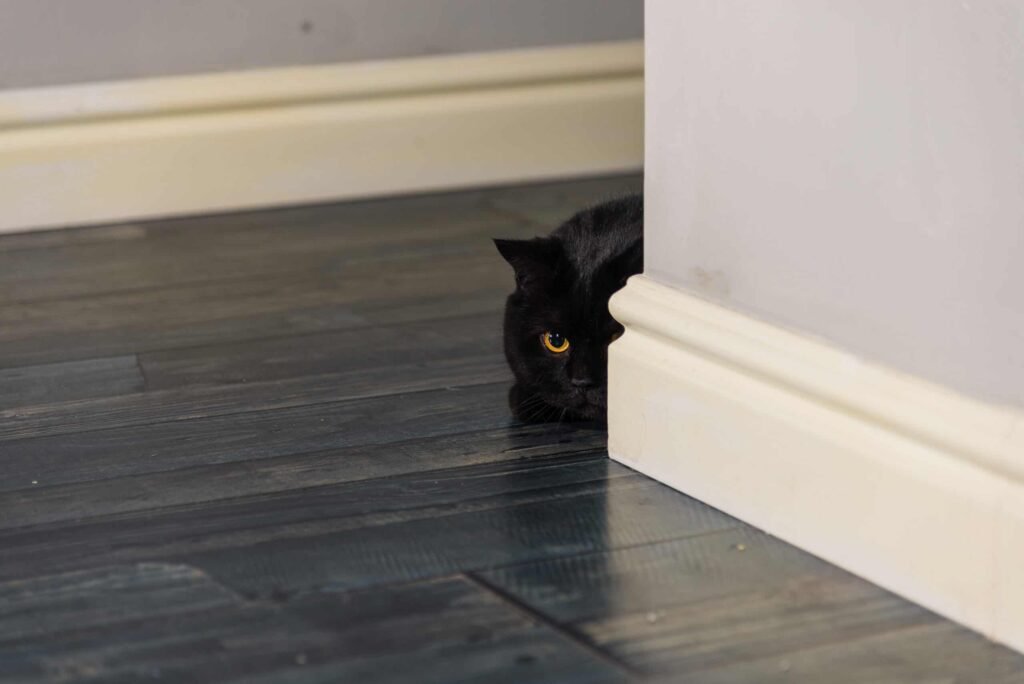
In medieval Europe, black cats were frequently associated with bad luck and evil omens. Their dark color was tied to night and obscurity, which the superstitious saw as qualities of malevolence. This belief might have had earlier roots in European pagan traditions, which sometimes linked black animals with death and the afterlife.
Cats and Witchcraft
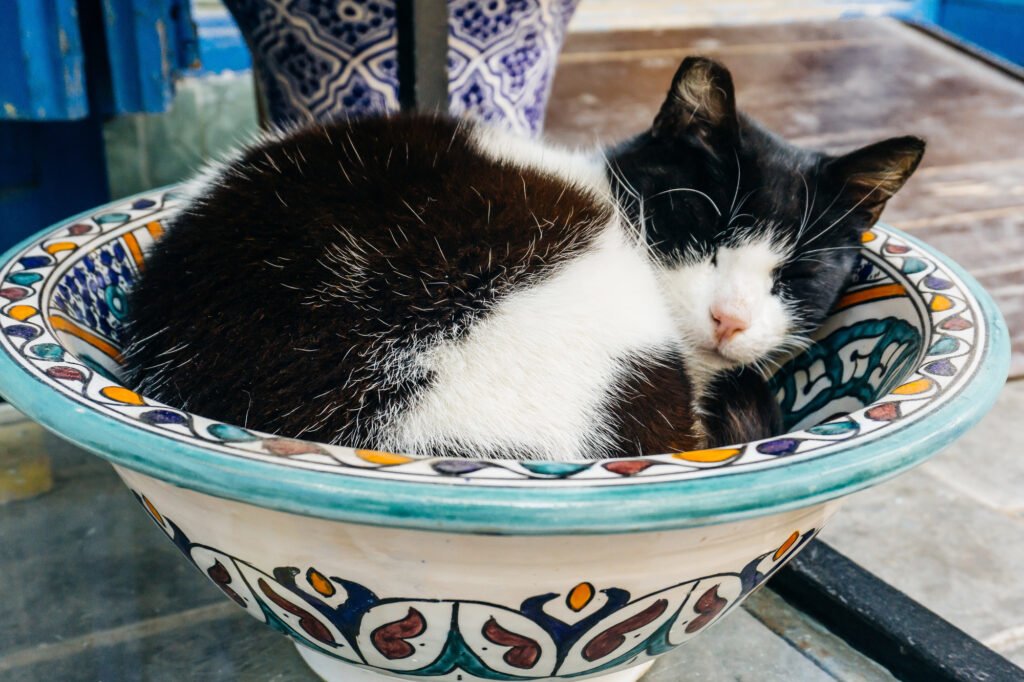
Perhaps the most well-known superstition regarding cats is their association with witches. During the witch hunts of the Middle Ages, cats, particularly black ones, were believed to be witches’ familiars—supernatural entities that assisted witches in performing magic. Some even believed that witches could transform into cats to carry out nefarious deeds.
The Church and the Cat
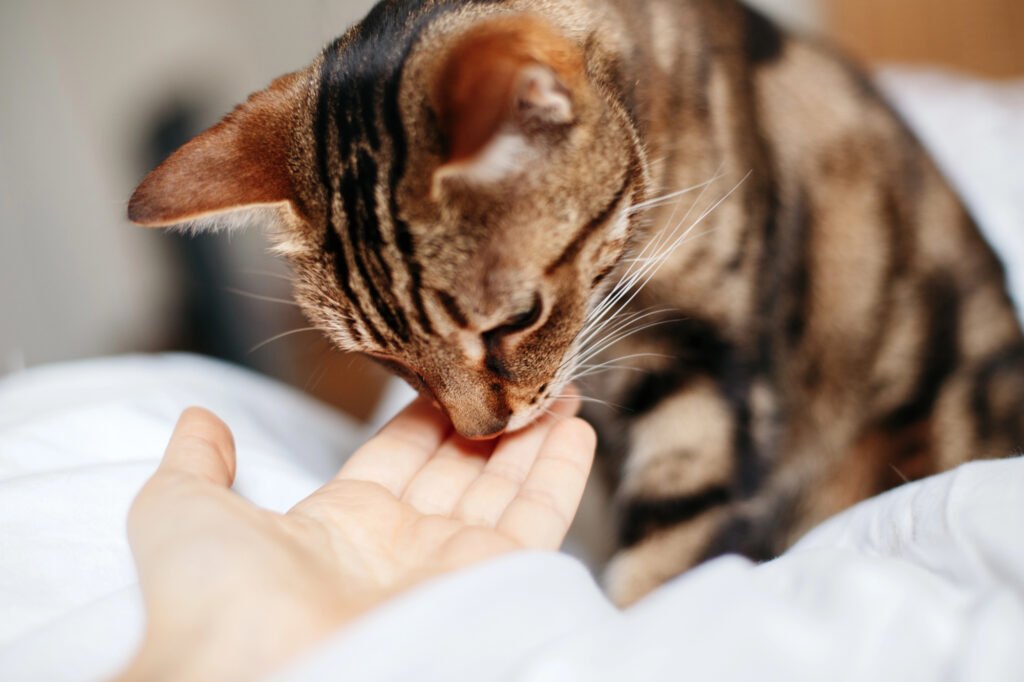
The medieval Christian Church played a significant role in shaping superstitions surrounding cats. Cats were often linked to pagan rituals and practices that the Church sought to eliminate. Thus, they became symbols of heresy and were sometimes persecuted alongside accused witches.
The Plague and the Proliferation of Cat Superstitions
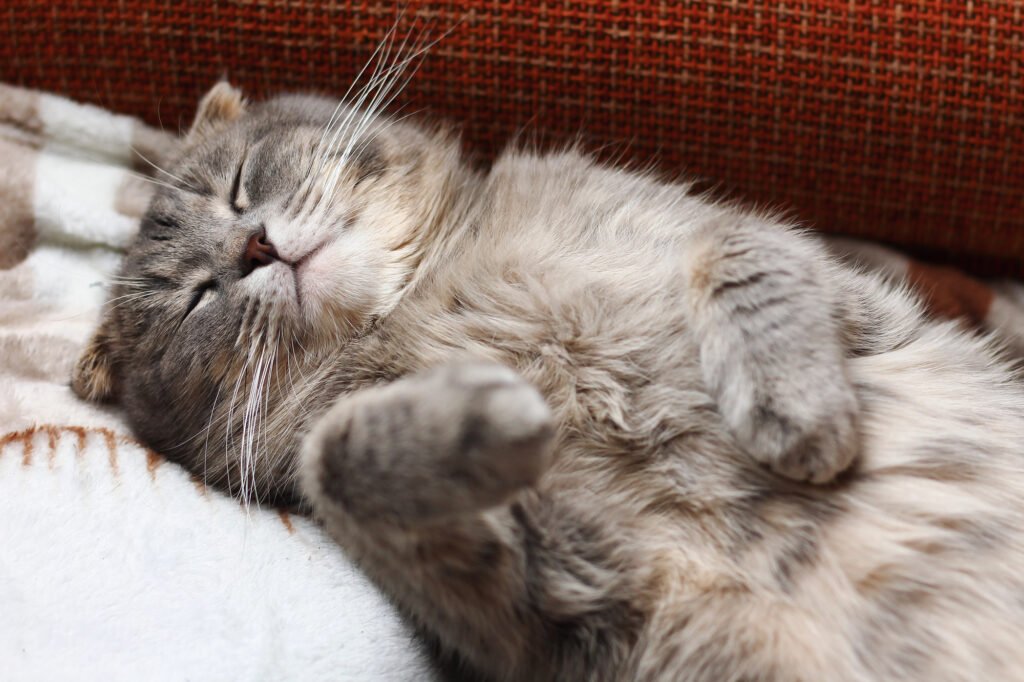
During the Black Death in the 14th century, fear and superstition reached a peak. With little understanding of disease transmission, many blamed cats, viewing them as carriers of the plague due to their association with the devil. Ironically, the killing of cats may have worsened the problem, as fewer cats meant more rats—the actual carriers of the plague—roamed freely.
Cats in Folklore and Legends
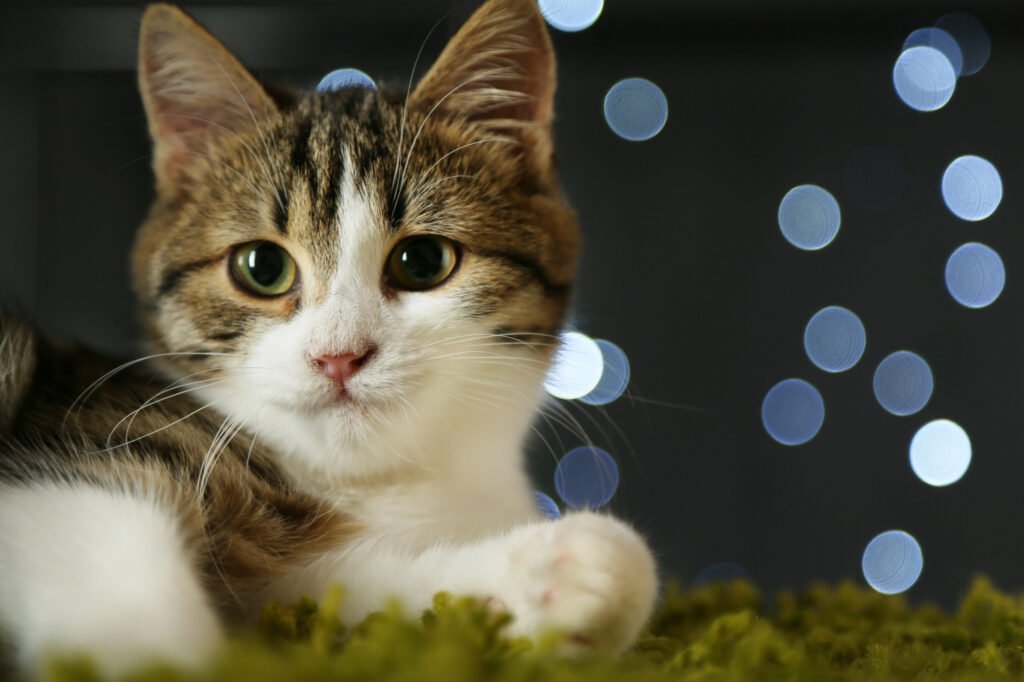
Cats were also prominent figures in folklore and literature of the time. Tales often depicted them as cunning and otherworldly, embodying both luck and misfortune. Stories from various European cultures reflected a mix of fear, respect, and awe for these enigmatic animals, further solidifying their place in the human imagination.
The Cat’s Symbolic Duality
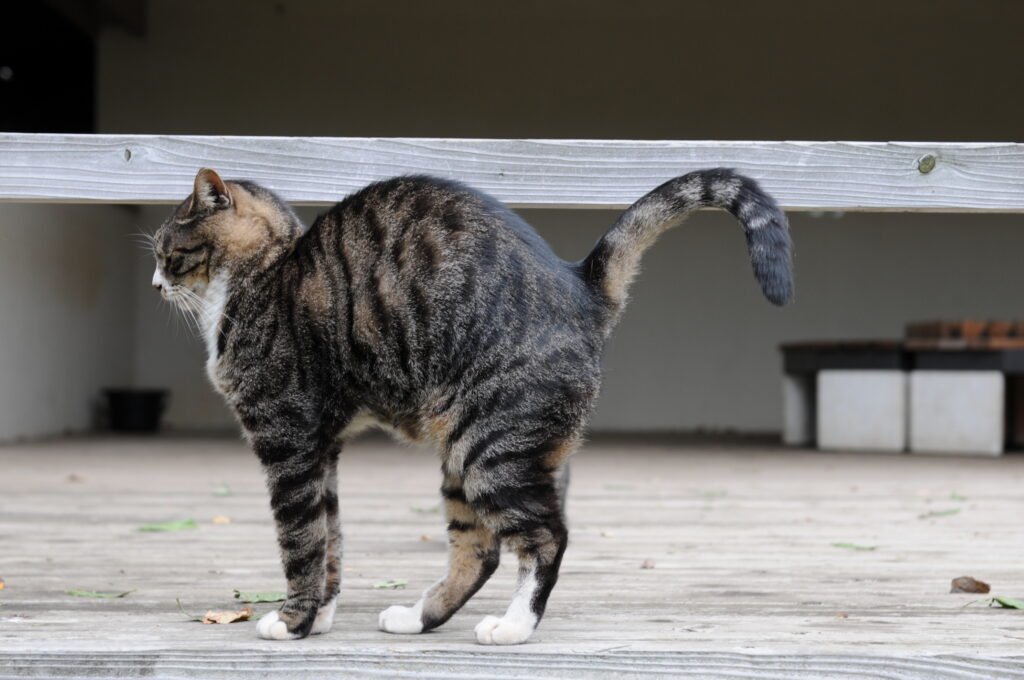
Interestingly, not all medieval beliefs about cats were negative. In some cultures, they were seen as symbols of good fortune and guardians of the home. This duality reflects the broader human perception of cats as both beloved pets and mysterious, mystical creatures.
Evolving Perceptions of Cats
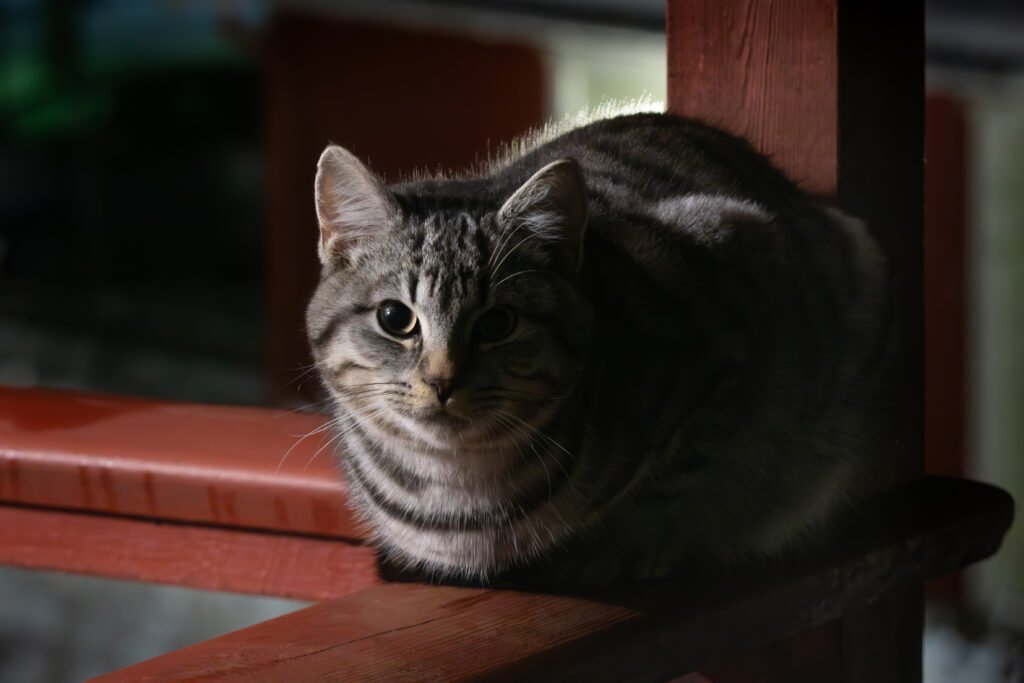
As the Middle Ages came to an end and the Renaissance began, perceptions of cats started to change. Scientific advancements slowly replaced many superstitions. The Enlightenment further encouraged a view of animals—and cats—as subjects of study rather than mystical beings. Despite this shift, the superstitions of the medieval era had lasting cultural impacts.
Legacy of Medieval Cat Superstitions

Today, echoes of medieval cat superstitions still exist. In some cultures, a black cat crossing your path is considered unlucky, while in others it is a sign of good fortune. Halloween imagery often includes witches with cats, a nod to historical associations. Understanding these superstitions offers insight into how human culture and fears have shaped our view of the natural world and the animals within it.






